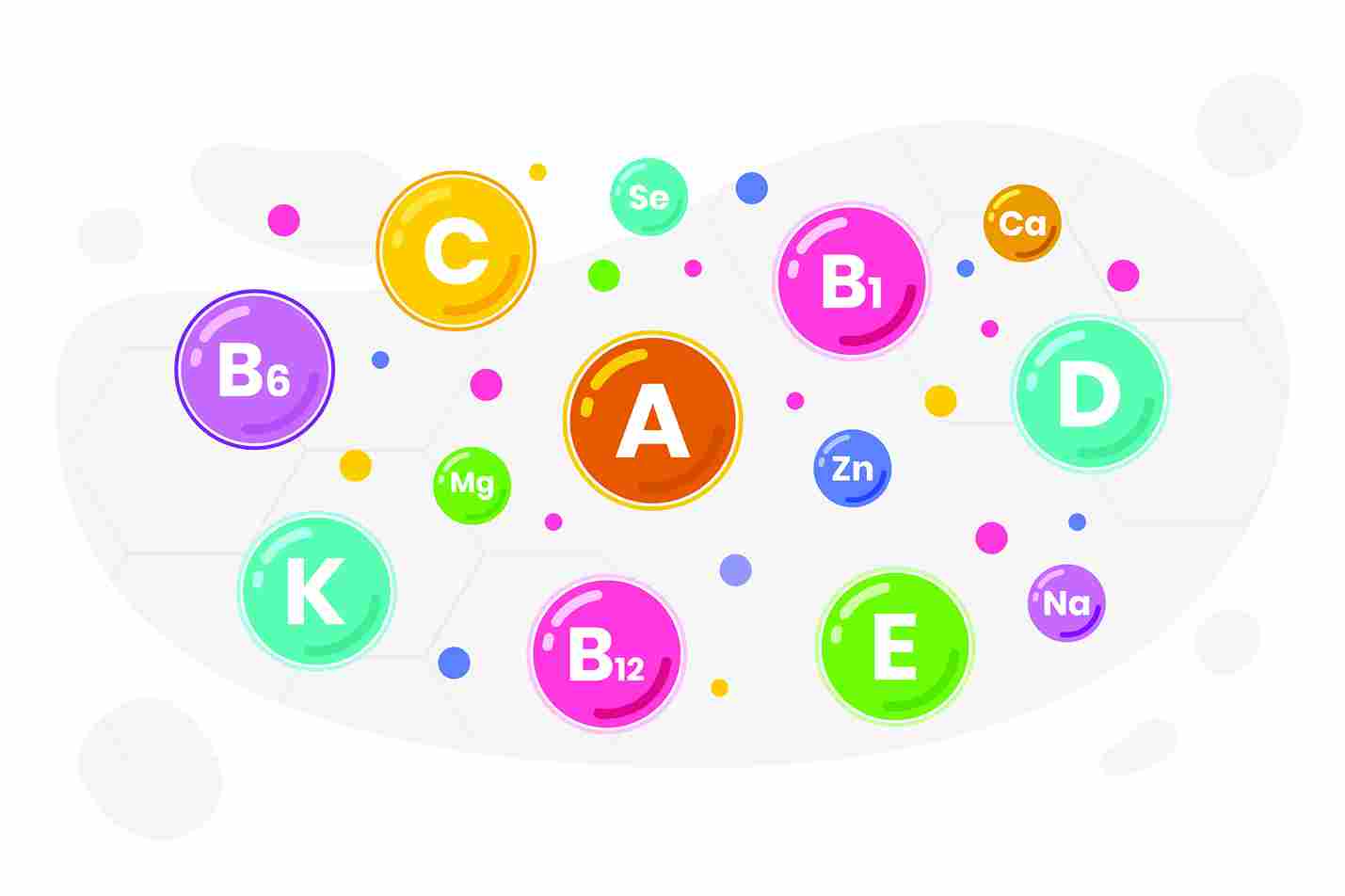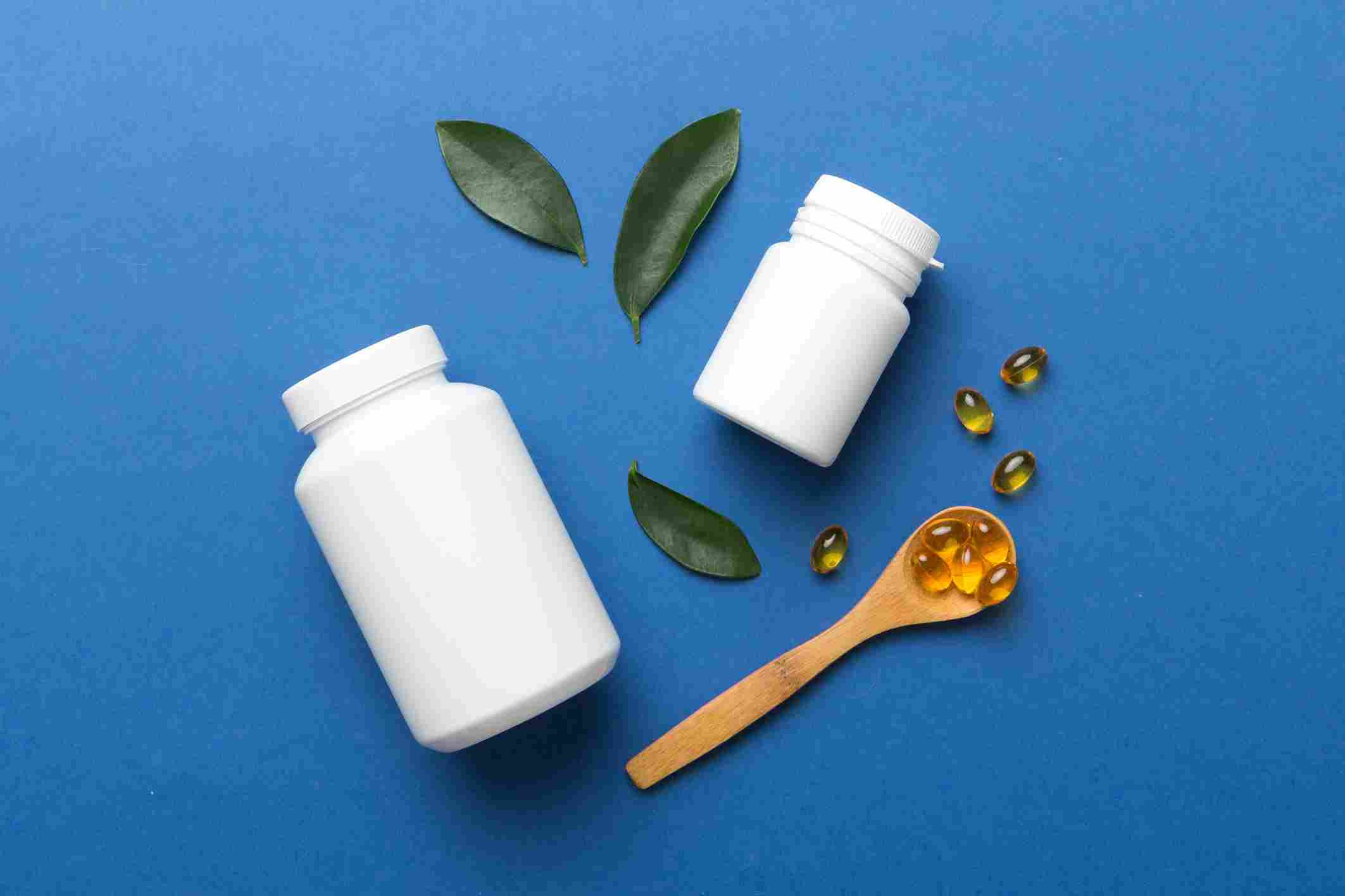Ever held a bottle of vitamins and pondered the magic inside? Those tiny capsules promise vitality, energy, and health. But what makes one vitamin brand stand out from another in a crowded marketplace? The answer is rooted not just in the types of vitamins contained but in the deeper understanding and application of that knowledge. If you’ve ever toyed with the idea of launching your own vitamin product line, you’re in for a treat. Join us on a journey that delves deep into the world of vitamins and unveils the secrets to crafting a standout product that resonates with consumers. Whether you’re a budding entrepreneur or a health enthusiast, there’s a world of opportunity waiting. Let’s explore together!
Understanding Vitamins: The Essentials

Before you even think about launching your vitamin product line, it’s vital to understand the very essence of what you’re offering. Why? Because understanding the different kinds of vitamins is empowering. When you truly grasp these intricacies, you can craft a product line that’s both beneficial and marketable.
What are Vitamins? Vitamins are organic compounds that our bodies require for proper growth, function, and health. However, in most cases, our bodies cannot produce them in sufficient amounts. This is where diet and supplementation come in, filling the gaps and ensuring we get the necessary amounts to stay healthy.
There are 13 essential vitamins and they primarily fall into 2 categories:
1.Fat-soluble
Comprising vitamins A, D, E, and K, these vitamins are fundamental to an array of physiological activities. They are instrumental in safeguarding vision, ensuring robust bone health, fortifying immune function, and facilitating coagulation processes in the body.
• Vitamin A
Essential for vision, growth, cell division, reproduction, and immune function.
• Vitamin D
Promotes calcium absorption, aiding bone growth and remodeling.
• Vitamin E
Acts as an antioxidant, protecting cells from damage. The difference between natural vitamin E vs synthetic is significant. Natural Vitamin E, derived from plant oils, is more efficiently absorbed by the body than the synthetic version which is petroleum-based.
• Vitamin K
Helps in blood clotting and bone metabolism.
2.Water-soluble
Unlike their fat-soluble counterparts, water-soluble vitamins aren’t stored in the body. Given their transient nature, they require regular intake to avoid deficiencies. This category includes:
• Vitamin C
Vital for growth and repair of tissues, collagen formation, wound healing, and maintaining cartilage, bones, and teeth.
• Vitamin B1 (Thiamine)
Converts nutrients into energy and is essential for glucose metabolism, nerve, muscle, and heart function.
• Vitamin B2 (Riboflavin)
Crucial for energy production and cellular function, fat metabolism, and drug metabolism.
• Vitamin B3 (Niacin)
Assists in the conversion of food to energy and is essential for neurological and digestive system health.
• Vitamin B5 (Pantothenic Acid)
Necessary for fatty acid synthesis and energy metabolism.
• Vitamin B6 (Pyridoxine)
Aids amino acid metabolism, red blood cell production, and the creation of neurotransmitters.
• Vitamin B7 (Biotin)
Supports metabolism of fatty acids, amino acids, and glucose.
• Vitamin B9 (Folate)
Vital for DNA synthesis, cell division, and is crucial during pregnancy.
• Vitamin B12 (Cobalamin)
Essential for nerve function, the formation of red blood cells, and DNA synthesis.
Knowing the types of vitamins and their functions equips you with the understanding needed to craft a beneficial and impactful vitamin product line. As you dive deeper into how vitamins are made, it’s imperative to remember that every step counts in ensuring quality and resonating with your target audience.
Step-by-Step Guide to Creating a Successful Vitamin Product Line:

Step 1: Choose Your Tribe (Identify Your Niche Market)
Marketing guru and best-selling author Seth Godin popularized the concept of the ‘tribe’, a group of people connected to one another with a shared interest. According to Godin, effective marketing isn’t about mass appeal; it’s about resonating deeply with a specific community or tribe. Your tribe is more than just your target audience; it’s a community you want to lead. Before introducing a new vitamin product, identify a niche that shares a unique problem you intend to solve. This could range from athletes seeking performance boosters to seniors requiring bone health supplements. The clearer you are about the tribe you’re serving, the more tailored and effective your product and messaging will be.
Step 2: Develop A Brand That Resonates
Your brand is a story, a narrative that will evoke emotions and build trust with your tribe. It’s not just about colors or logos; it’s about creating an identity that communicates values, aspirations, and a promise. Whether you’re promoting wellness in general or a specific health benefit, ensure that your brand story aligns with the needs and beliefs of your tribe.
Step 3: Develop The Formula
The backbone of your vitamin product line is the formula. With your tribe as your guiding light, craft a formula that resonates with the needs and aspirations of the people you are trying to serve. The market is awash with vitamin formulations, but knowing precisely who you’re serving will help differentiate your product from competitors. If your tribe comprises athletes, maybe a formulation boosting stamina is ideal. For seniors? Ingredients that support joint health could be a winner. Remember, the more specific and tailored your formula, the more it resonates with your chosen tribe.
It’s essential to design a formula that not only delivers the promised health benefits but also stands out in the market. Your options? Do-It-Yourself (DIY) or partner with a toll manufacturer. While DIY gives you total control, it can be resource-intensive. On the other hand, a third-party manufacturer offers expertise, resources, and streamlined processes.
Step 4: Source Quality Raw Materials
One cannot underscore enough the value of quality ingredients in a vitamin product. And here’s where partnering with a reliable toll manufacturer shines. Such entities have built solid, longstanding relationships with reputable ingredient suppliers both locally and globally. What does this mean for you? A consistent supply of top-tier ingredients at competitive prices. It’s a volume game: these manufacturers purchase in large quantities, leading to cost savings which can be passed on to you. Additionally, a trusted toll manufacturer possesses a cadre of quality experts. Their prime objective? Vet the source of each ingredient, ensuring the facility only employs raw materials that meet stringent testing and surpass approved quality standards.
Step 5: Choose Your Production Blueprint
Step 6: Design A Packaging That Sells
Step 7: Decide on Marketing and Selling Platforms
Step 8: Launch and Continuous Feedback
Launching your product is just the beginning. Foster a culture of feedback, be it through reviews, surveys, or direct interactions. Adapt, iterate, and innovate based on what you learn from your tribe. Their insights will be your compass for growth and refinement.
Conclusion
Embarking on the journey of creating a vitamin product line is about much more than just the science behind vitamins. It’s about resonating with a tribe, delivering on promises, and innovating in a crowded market. The journey is filled with decisions and challenges, but with the right guidance and commitment, it becomes a fulfilling adventure. Are you ready to take that leap?
